| Model: | MOS 444731-52-6 |
| Place of Origin: | Shandong,China (Mainland) |
| Molecular Formula: | C21H23N7O2S |
| Molecular Weight: | 437.52 |
| Specification: | CP/USP/EP |
| Brand: | MOSINTER |
| Content: | 98%min |
| Flashing point: | 394.6°C |
| Boiling point: | 728.8°C at 760 mmHg |
| Vapour pressure: | 4.26E-21mmHg at 25°C |
- Have any questions?
- +86-189 8930 5995
- sales@mosinterchem.com.cn
Pazopanib CAS 444731-52-6

Entecavir hydrate CAS 209216-23-9
05/12/2018
lenvatinib Mesylate CAS 857890-39-2
05/12/2018Pazopanib (CAS: 444731-52-6)
| Item | Index |
| Molecular Formula | C21H23N7O2S |
| Molecular Weight | 437.52 |
| Specification | CP/USP/EP |
| Content | 98%min |
Pazopanib (trade name Votrient) is a potent and selective multi-targeted receptor tyrosine kinase
inhibitor that blocks tumour growth and inhibits angiogenesis. It has been approved for renal cell
carcinoma and soft tissue sarcoma by numerous regulatory administrations worldwide.
Medical uses
It is approved by numerous regulatory administrations worldwide (including the FDA (19 October
2009), EMA (14 June 2010), MHRA (14 June 2010) andTGA (30 June 2010)) for use as a treatment
for advanced/metastatic renal cell carcinoma and advanced soft tissue sarcomas. In Australia it is
subsidised under the PBS, under a number of conditions, including:
-
- The medication is used to treat clear cell variant renal cell carcinoma.
- The treatment phase is continuing treatment beyond 3-months.
- The patient has been issued an authority prescription for pazopanib
- The patient must have stable or responding disease according to the Response Evaluation Criteria In Solid Tumours (RECIST)
- This treatment must be the sole tyrosine kinase inhibitor subsidised for this condition.
It has also demonstrated initial therapeutic properties in patients with ovarian and non-small cell lung
cancer, though plans to apply to the EMA for a variation to include advanced ovarian cancer have been
withdrawn and a license will not be sought in any country.
Contraindications
The only contraindication is hypersensitivity to pazopanib or any of its excipients. Cautions include:
-
- Hypertension, including hypertensive crises reported
- QT interval prolongation and torsades de pointes reported.
- Thrombotic microangiopathy reported
- Thrombotic thrombocytopenic purpura reported
- Haemolytic uremic syndrome reported
- Haematologic parameter alterations reported in 31-37% of patients.
- Events of cardiac dysfunction (decreased LVEF and congestive heart failure) have been observed
- Fatal haemorrhage, arterial and venous thrombotic events and GI perforation have been observed in randomized clinical trials.
It has one black box warning by the US FDA, severe hepatotoxicity, including fatalities.
Adverse effects
See also: List of adverse effects of pazopanib
The most common side effects of pazopanib are nausea, vomiting, diarrhoea (occurs in about half of patients),
changes in hair colour, hypertension (which usually occurs during the first few weeks of treatment), appetite
loss, hyperglycaemia, hypoglycaemia, electrolyte abnormalities (includinghypocalcaemia, hypomagnesemia,
hypophosphatemia), lab anomalies (including increased AST, ALT and protein in the urine), oedema, hair loss
or discolouration, taste changes, abdominal pain, hypertension, rash, fatigue and myelosuppression (including
leucopenia, neutropenia,thrombocytopenia and lymphopenia). It has been associated with a low, but real risk
of potentially fatal liver damage.
Overdose
The treatment for overdose is purely supportive and the symptoms include grade 3 hypertension and fatigue.
You must be logged in to post a review.

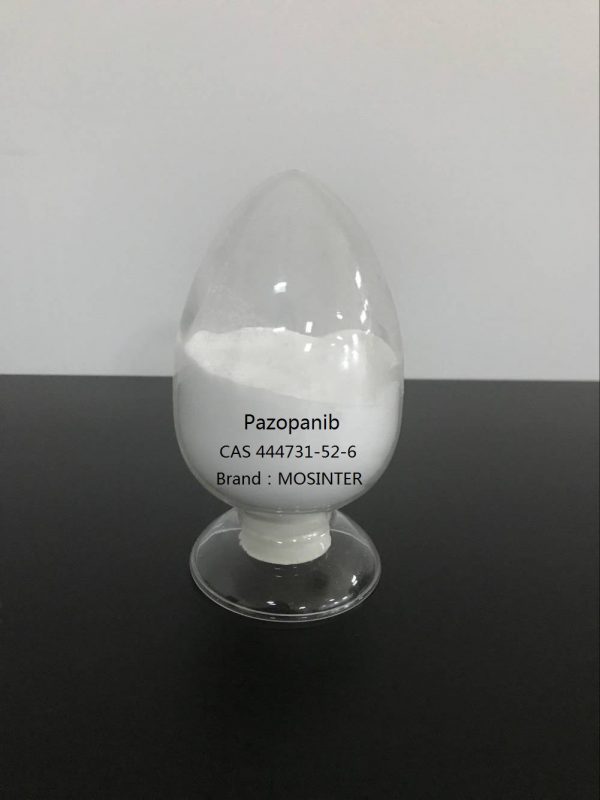
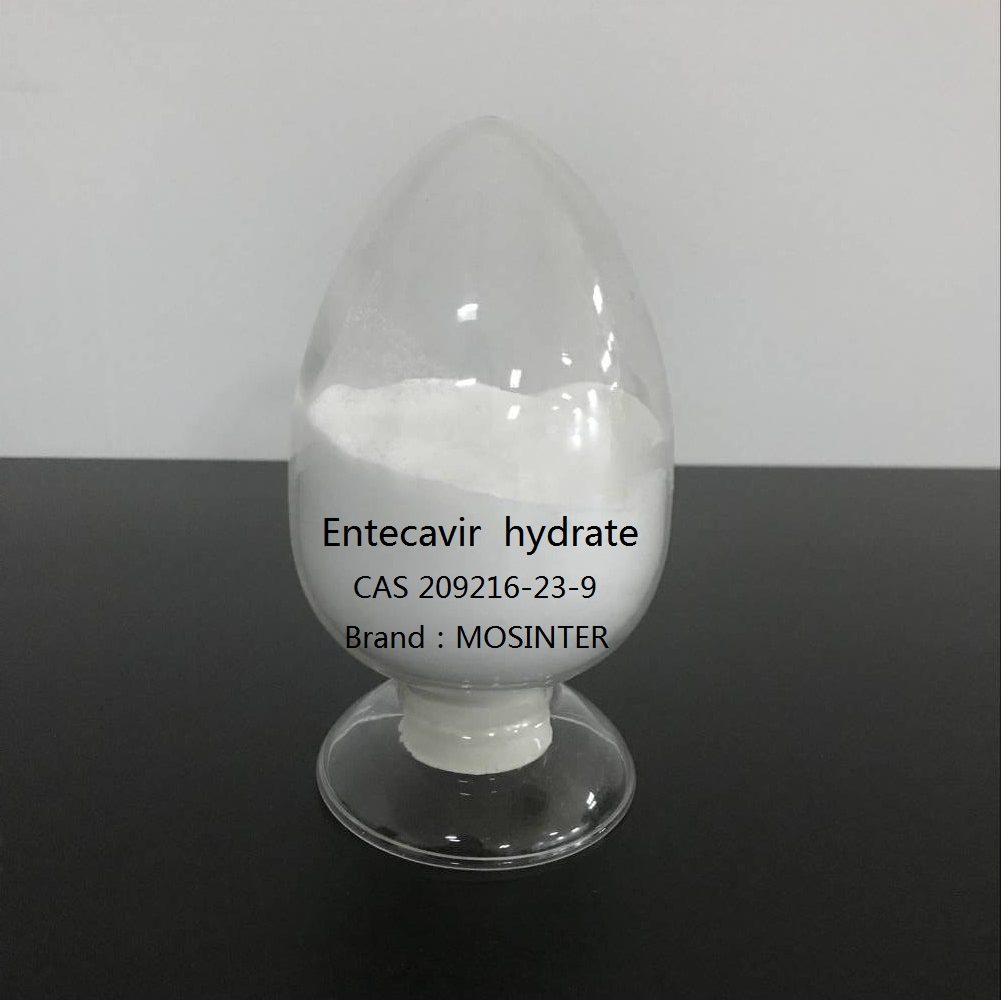
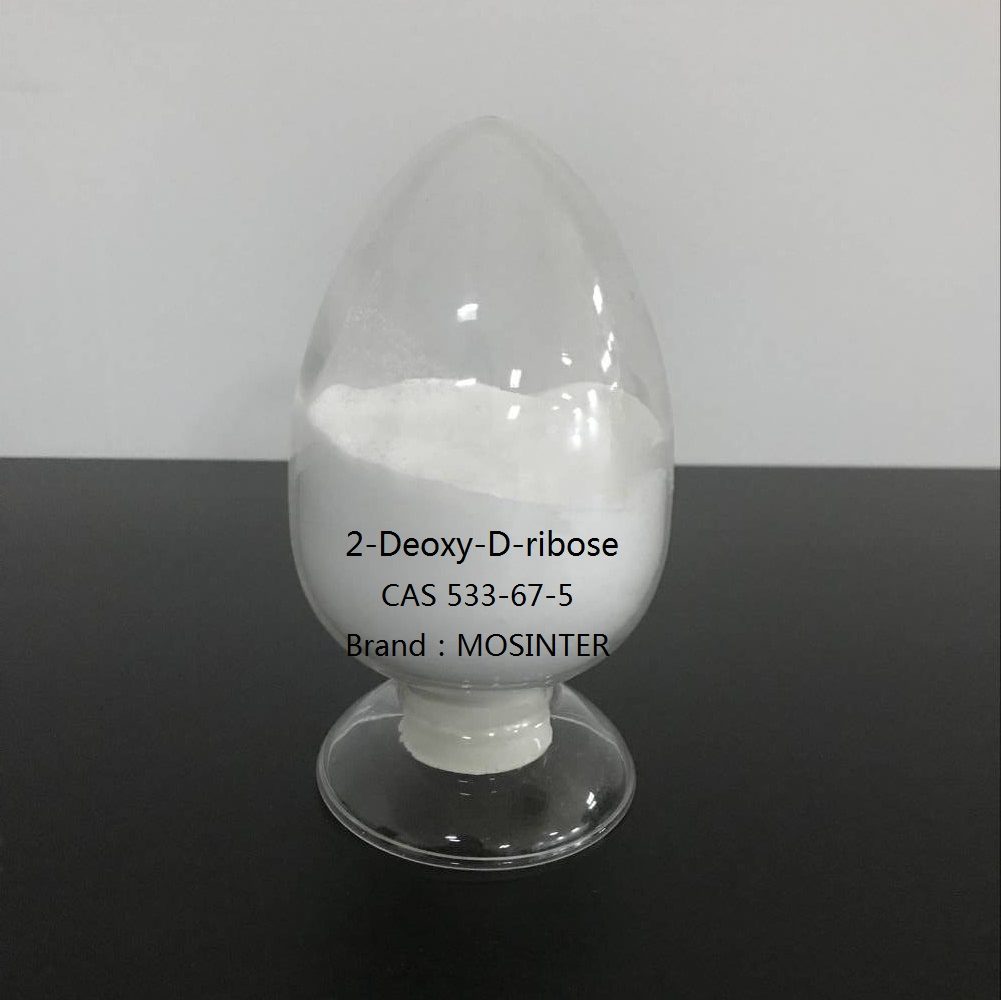
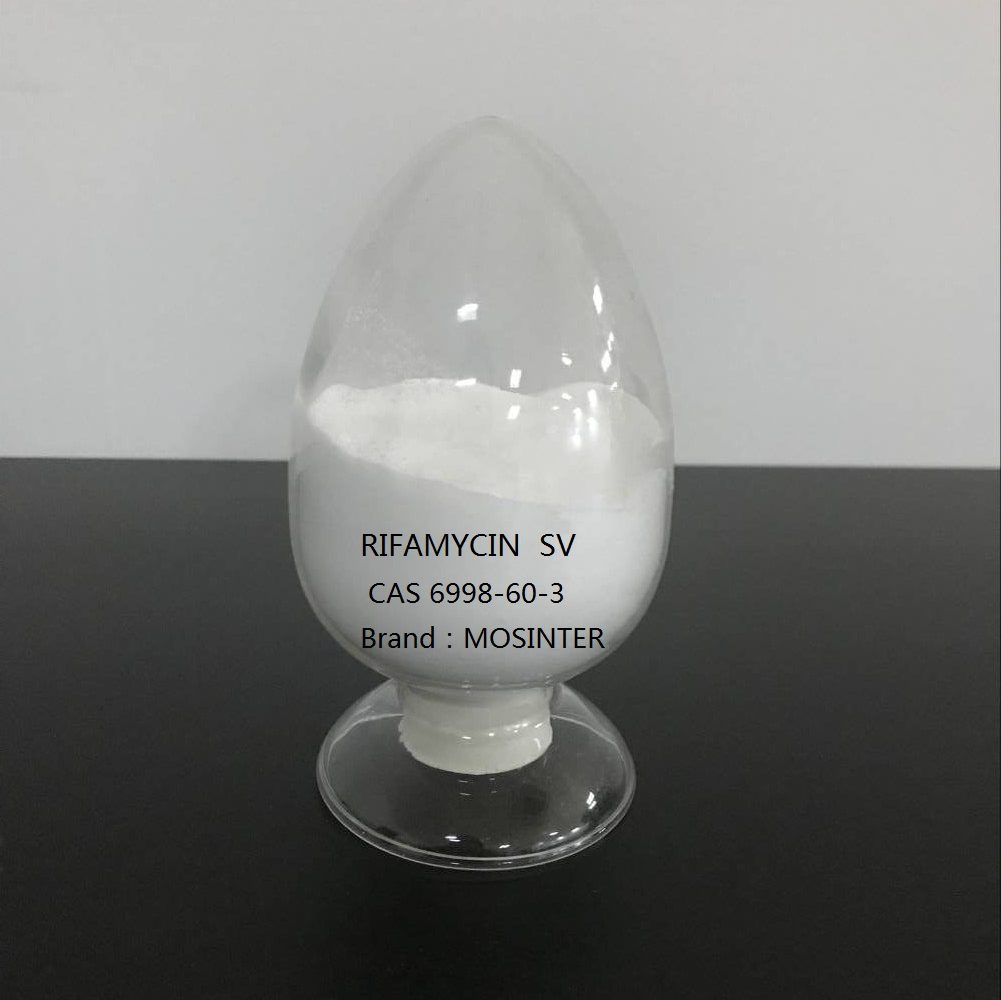
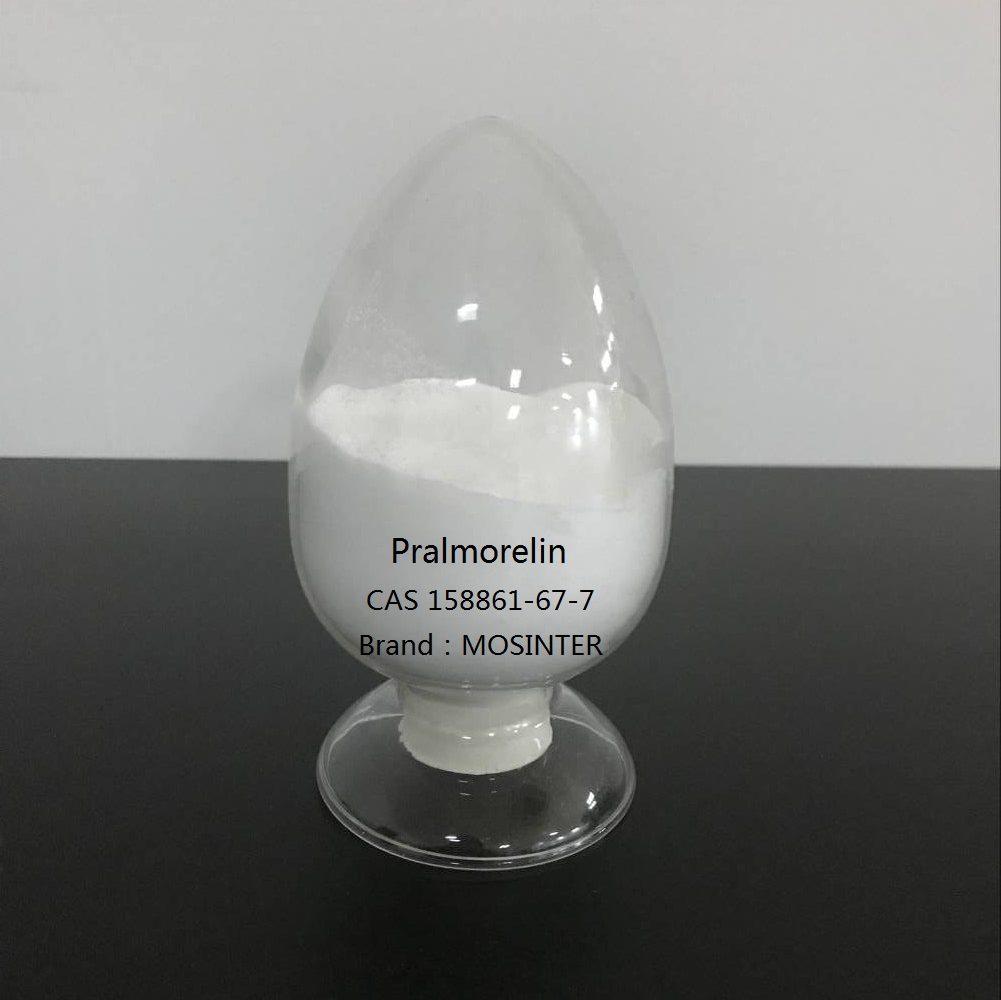
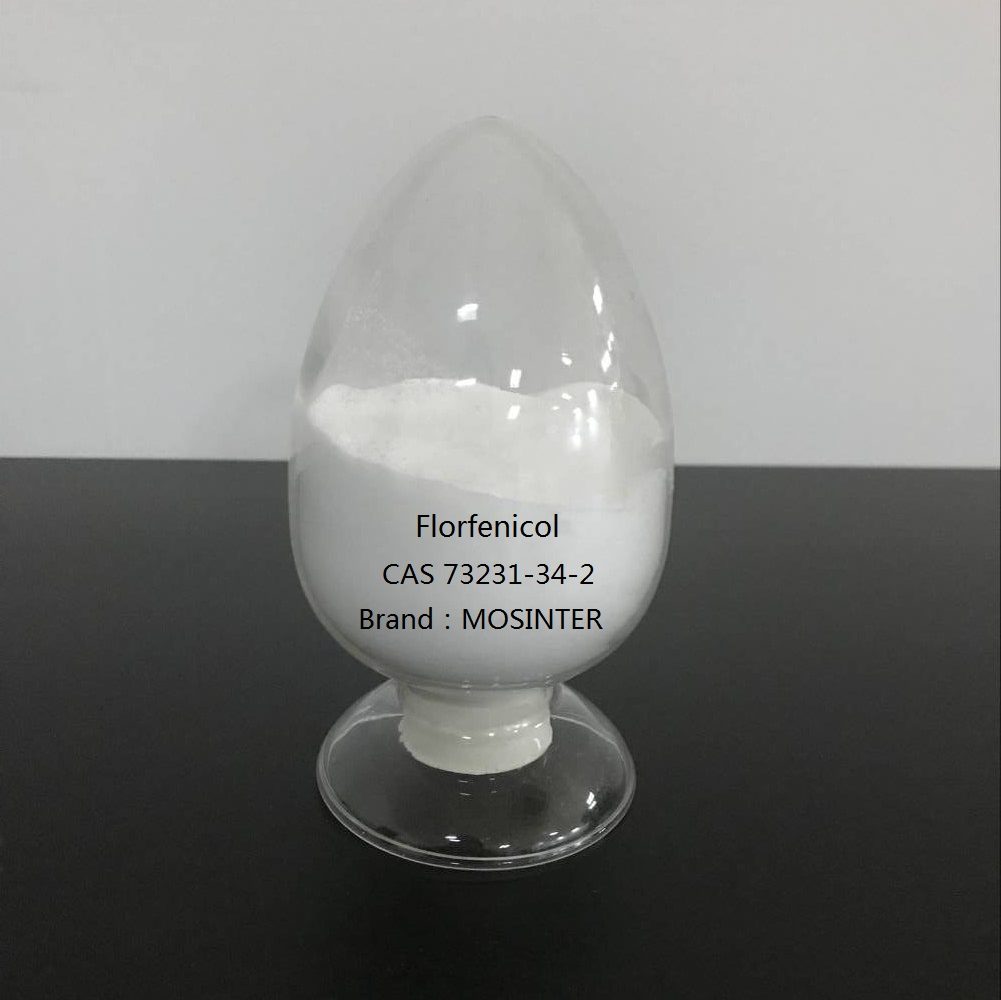
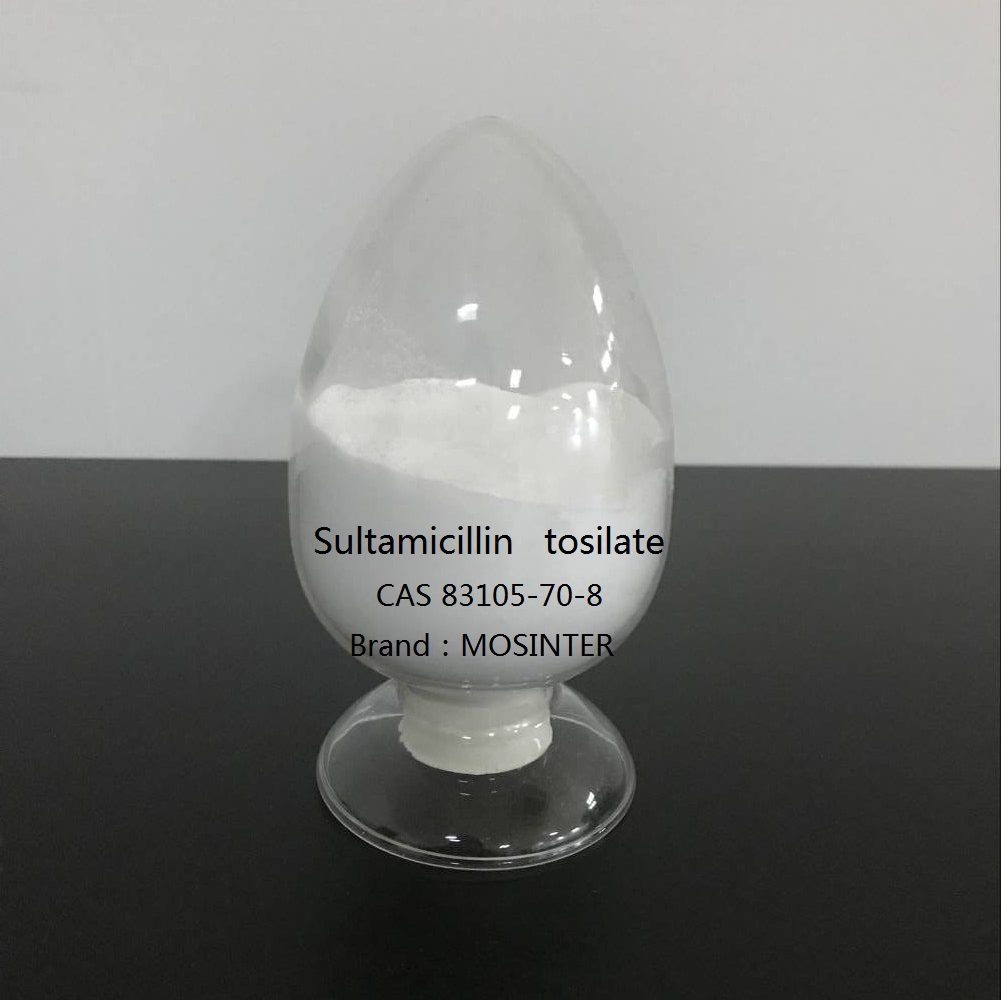
Reviews
There are no reviews yet.